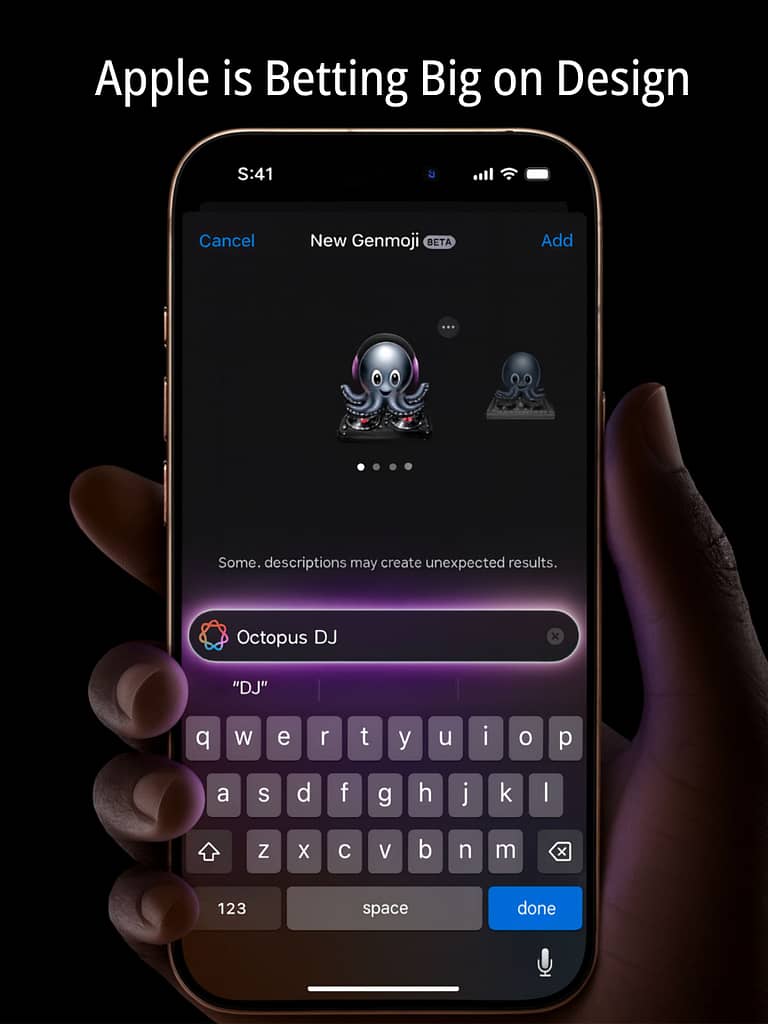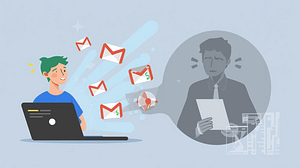iPhone 17 vs Google Pixel 10, As Apple refines its silicon and design, Google bets everything on artificial intelligence. We break down the key differences shaping the 2025 flagship battle.
The smartphone landscape of late 2025 is set to be defined by a fascinating clash of philosophies. On one side stands the iPhone 17 series, Apple’s masterpiece of integrated hardware and ecosystem refinement.
On the other looms the Google Pixel 10, a device built from the ground up not around a chip, but around an idea: that pure, uncompromised artificial intelligence is the future.
While the iPhone 17 leverages its custom A19 Bionic to power a suite of features, the Pixel 10 is expected to be the ultimate vehicle for Google’s “Gemini Nano” AI, potentially making it the most contextually aware smartphone ever created. This isn’t just a spec war; it’s a battle between two fundamentally different visions for the next decade of mobile technology.
The Philosophical Divide: iPhone 17 vs Google Pixel 10
iPhone 17’s Approach: The Walled Garden of Performance
Apple’s strategy is one of vertical integration. The A19 Bionic chip is designed in-house, as is the iOS 26 operating system that runs on it. This allows for unparalleled optimization. Features like “Apple Intelligence” are designed to run primarily on-device, prioritizing user privacy, speed, and reliability without needing a constant cloud connection. The hardware the new horizontal camera bar on the Pro models, the ultra-thin iPhone 17 Air design is the star, and the software serves to enhance it.
Google Pixel 10’s Approach: The Cloud-First AI Powerhouse
Google’s strategy is the inverse. The entire Pixel 10 is built to be a showcase for Google’s cloud AI capabilities. While it will feature a new custom Google Tensor G5 chip, its primary job is to efficiently manage tasks between on-device AI models and the vast, powerful AI data centers in the cloud. The phone’s identity is subservient to the AI experience. The hardware is a conduit for Google’s Gemini AI, enabling features that are likely impossible for Apple’s on-device approach to replicate at the same scale.
Core Philosophy Comparison : Silicon Valley Ravelry
| Aspect | Apple iPhone 17 | Google Pixel 10 |
|---|---|---|
| Primary Focus | Hardware refinement & seamless ecosystem integration | AI-first software & cloud-powered features |
| AI Approach | On-device processing (Apple Intelligence) | Hybrid on-device + cloud (Gemini Nano) |
| Key Strength | Performance, build quality, privacy, brand loyalty | Computational photography, predictive AI, automation |
| Ecosystem | Closed, controlled (Mac, iPad, Apple Watch) | Open, flexible (Android, Web services, Smart Home) |
Hardware & Design: Elegant Evolution vs. AI-Functional Design
iPhone 17: A Design Statement
The iPhone 17’s design choices are largely aesthetic and ergonomic. The rumored horizontal camera layout on the Pro models is a bold stylistic shift. The pursuit of the “thinnest iPhone ever” with the 17 Air is a statement of engineering prowess. The materials aluminum and glass are premium and tactile. The design serves the user’s sense of taste and status.

Google Pixel 10: Function Follows AI
The Pixel 10’s design will likely be dictated by the needs of its AI. While it will retain a modern aesthetic, its camera bar isn’t just a style choice; it houses sensors optimized for machine learning. The microphone array, speaker grilles, and potential new sensors will be designed to best capture data (audio, visual, environmental) for the AI to process. Its form is more explicitly in service of its software function.
Camera: Computational Photography’s Founding Rivals
This is where the difference is most palpable.
- iPhone 17: Expect upgrades in hardware (e.g., a 48MP telephoto lens on the Pro Max) that enable better software processing. Photos will be incredibly sharp, with excellent dynamic range and realistic video. Apple’s computational photography enhances the sensor’s capabilities.
- Google Pixel 10: The hardware may be similar or even slightly inferior on paper, but the software will be years ahead. We can expect revolutionary AI-powered features like:
- “Predictive Capture”: The phone begins recording video before you press the shutter if it detects a perfect moment.
- “Scene Synthesis”: The ability to edit objects or people out of a video as seamlessly as it currently does in photos.
- “Assistant Vision”: Using the camera in real-time to analyze the world (e.g., “Translate this entire menu,” “Find this product online,” “Warn me if there’s a car coming while I’m walking and looking at my phone”).
The iPhone takes perfect pictures of the world as it is. The Pixel aims to understand, interact with, and manipulate the world it sees.
Software & AI: Siri’s Evolution vs. Gemini’s Revolution
- iOS 26 & Apple Intelligence: Apple’s AI will be deeply integrated, privacy-focused, and focused on personal utility: summarizing notifications, enhancing photos, and helping with writing and communication across Apple apps. It will feel like a powerful, natural extension of the existing OS.
- Android & Gemini Nano: Google’s AI will be the OS. It will likely move beyond assistance to proactive agency. Imagine your phone automatically silencing itself when it detects you’ve entered a movie theater, drafting a full email response based on your calendar context, or creating a complete travel itinerary by scanning your flight confirmation email without being asked.
Target Audience: Who Should Buy Which Phone?
Choose the iPhone 17 if:
- You are invested in the Apple ecosystem (Mac, iPad, Apple Watch).
- You prioritize build quality, status, and resale value.
- You prefer on-device privacy and are wary of cloud-based AI.
- You want the most powerful mobile silicon for gaming and pro-level apps.
Wait for the Google Pixel 10 if:
- You are a tech enthusiast who wants to experience the absolute cutting edge of AI.
- You live within Google’s ecosystem (Gmail, Docs, Photos, Smart Home).
- You believe the future of smartphones is contextual awareness and automation.
- You are a photographer who relies on computational magic more than hardware specs.
The Verdict: Two Paths to the Future
The iPhone 17 represents the pinnacle of the current smartphone paradigm: a beautifully designed, incredibly powerful communication and computing device that fits perfectly in a walled garden.
The Google Pixel 10 represents the first true attempt at a next-generation paradigm: an ambient, context-aware AI companion that happens to make phone calls.
The difference isn’t just in specs; it’s in vision. Apple is perfecting the smartphone. Google is trying to reinvent it. For consumers, this clash means more choice and more innovation than we’ve seen in years. The ultimate winner will be decided by which vision of the future you find more compelling.







3 thoughts on “iPhone 17 vs Google Pixel 10: The Ultimate AI Hardware vs. AI Software Showdown”
Magnificent beat I would like to apprentice while you amend your site how can i subscribe for a blog web site The account helped me a acceptable deal I had been a little bit acquainted of this your broadcast offered bright clear idea
Thank you for the good writeup It in fact was a amusement account it Look advanced to far added agreeable from you However how could we communicate
I just wanted to express my gratitude for the valuable insights you provide through your blog. Your expertise shines through in every word, and I’m grateful for the opportunity to learn from you.